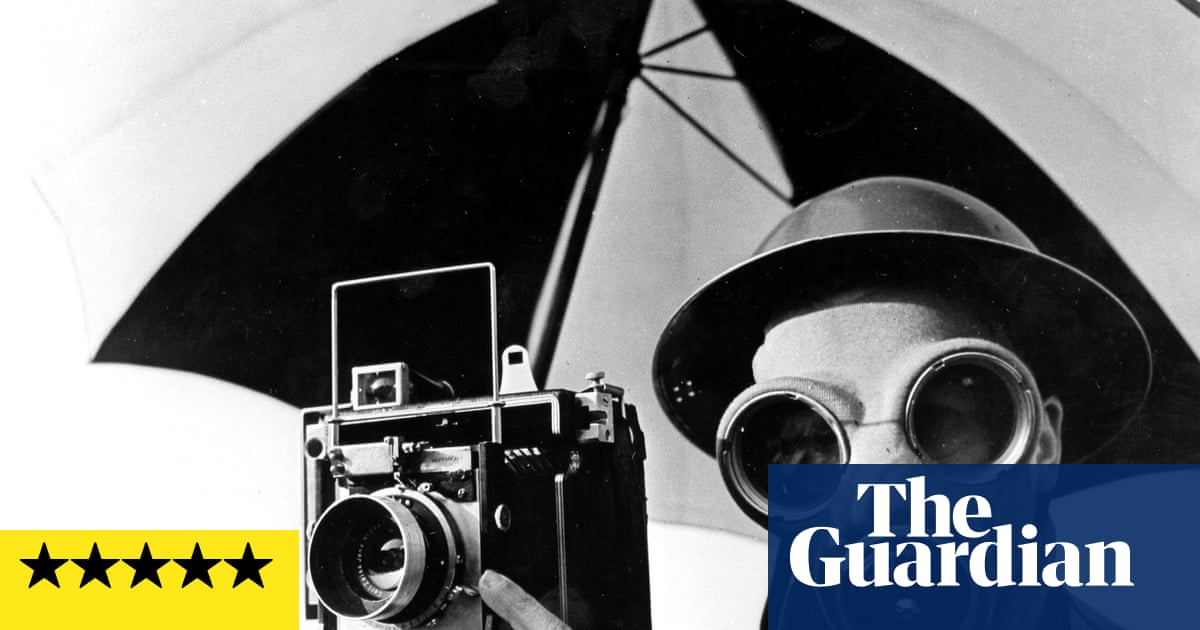
"Unapologetically ambitious and voraciously inventive, this vast new Lee Miller exhibition is the most comprehensive display of the late American photographer's work ever held in the UK. It's an overdue account of a remarkable artist whose dazzling, daring career had more than a few twists: from Vogue cover girl to Vogue photographer; from surrealists' muse to pioneer of the movement; from commercial portraitist to war photographer."
"Some of Miller's fabled work is here, including her famous self-portrait in Hitler's bathtub, her boots dirtied with mud from Dachau concentration camp strewn symbolically on the floor. The exhibition builds a sense of the dizzying, sometimes frenzied energy of Miller, who could photograph fashionable hats as well as Nazis who died by suicide. Yet, as her work turns abruptly in subject matter over the decades, swinging from frivolity to devastation, it is never jarring and never boring."
"Without referencing the sexual abuse Miller experienced as a child, and only briefly alluding to the fact that her father, an amateur photographer, began to use Miller as a model, sometimes nude, from the age of eight, the show begins emphatically with an image Miller made of herself, in a Photomaton in 1927, posing in the cloche hat later made iconic when she appeared in it on the cover of Vogue."
An expansive exhibition traces Lee Miller’s multifaceted career from 1920s Vogue model to inventive photographer, surrealist collaborator, commercial portraitist, and frontline war correspondent. The display assembles iconic images including Miller’s self-portrait in Hitler’s bathtub and her mud-stained boots from Dachau, conveying a mix of glamour and traumatic wartime realism. Photomaton self-portraits and early modelling pictures sit alongside portraits by Steichen, Genthe and Beaton, demonstrating Miller’s transition into pictorialist-inflected photographic practice. The show acknowledges family exploitation only briefly while foregrounding Miller’s aesthetic intelligence, capacity to juxtapose beauty with violence, and restless, inventive visual energy across decades.
Read at www.theguardian.com
Unable to calculate read time
Collection
[
|
...
]